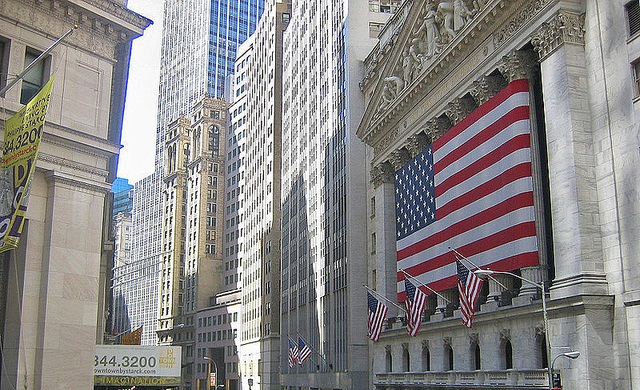The rally in the FTSE 100 is underway, the S&P 500 is struggling to break above 2775. This level has been tested four times in the last week, when a level is tested several times in general it will be broken. The S&P is struggling because technology stocks are slumping, the S&P is sensitive to large tech stocks or FAANG. We know what people do when tech stocks decline, they buy. Until they get caught in a massive decline they will continue to buy the dips.

The big news in the US was the collapse of Sears, the US giant filed for bankruptcy. The company started trading in 1886 and survived the 1930s depression but not the current expansion period. You would think the economy is doing well according to president Trump and many others. The difference between 1929 and today is that in 1929 people did not borrow to buy stuff. Today people have too much debt. Consumers are broke and the retailing sector is suffering. Yesterday’s retail sales data came in much lower than expected, only 0.1% increase from the previous month. Analysts had expected 0.7%. This is another example of an economy in decline, Trump can be bullish on the economy but this is not reflected in the numbers. The only two bullish numbers are GDP and jobs. GDP because of the tax cuts and jobs, well it is not clear how job numbers are calculated, they probably give us a false impression of what is actually happening in the job market.
The US economy is not in great shape as we are told. Look at the number and look at the stock market. The best indicator of future economic activity is the stock market. When the stock market goes down it means economic activity will slow. If Elliott wave analysis predicts a bear market, the implication is that the economy will suffer / contract. The best example is 1929, when the stock market started to go down, the economy was fine. After the decline the economy collapsed, a depression period followed. The same thing happened in 2000, the economy was doing well powered by the “new economy”, when the stock market turned down, it signalled economic contraction.

The FTSE 100 is declining but the economic numbers lag. As the decline extends, probably in the third wave down, the economic numbers will deteriorate. The FTSE is down 11% from its all-time high, given the current environment of rising interest rates, emerging markets turmoil, rising inflation and risk of stagflation because the next phase is a slowdown in the economy, there is a high probability the FTSE will not return to 7900 and a high probably the index will be significantly lower next year.
Right now we are in a new bear market in five waves [1,2,3,4,5], we are now near the end of wave 3. Short term timing indicator 13-day BTI is oversold so a bounce is due. The FTSE is bouncing back in line with this analysis, but the bounce will be short lived. This bounce is wave iv (circle) or wave (a) inside wave iv (circle) in the case of a triangle [(a),(b),(c),(d),(e)]. If wave iv (circle) is a triangle the FTSE will move sideways until next week. Then the decline will resume, the next move is wave v (circle) down. After this final decline in the sequence we should see a large rebound to the 7200 area. Based on the pattern the FTSE should continue to make lower lows until wave (5) ends. At this point a significant rebound will occur. But the trend is down.
Thierry Laduguie is Trading Strategist at www.e-yield.com

 Hot Features
Hot Features













